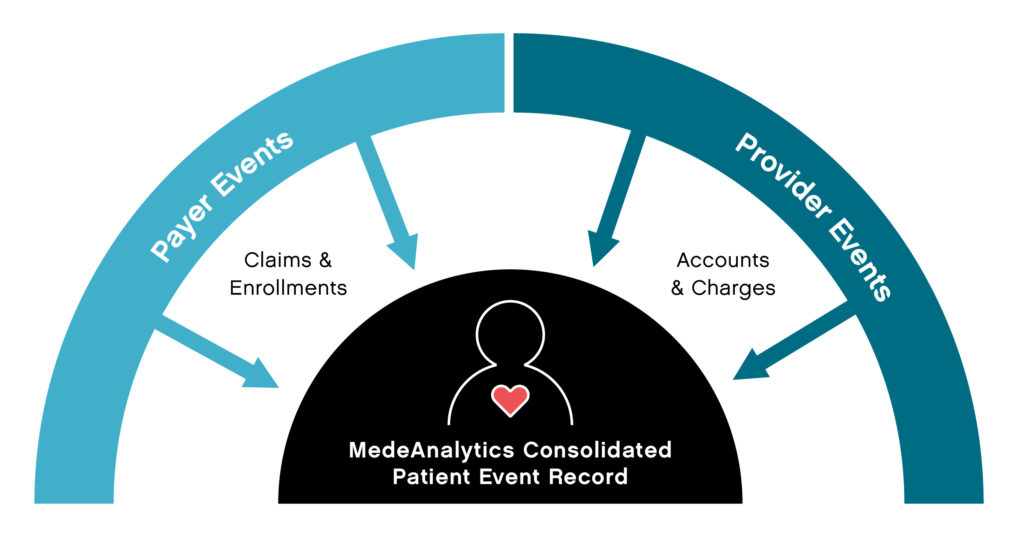
Did you know that a whopping 30% of the world’s data is healthcare related? 1
Every patient has a plethora of data associated with their health record, which can include decades of enrollments, claims, accounts and charges. Much of this data is not housed within the same institutional, facility or provider database and can be cumbersome and time-consuming to pull together, leaving room for reporting and processing errors. Finding ways to aggregate patient data and maintain it in one place is important because it creates the ability to have immediate, actionable insights, which allows payers and providers to make more informed decisions that save time and money and improve patient outcomes.
Yet, payers and providers traditionally maintain their own slices of patient data, which include enrollment and claims for payers and accounts and charges for providers. Some data elements are unique to payers and some to providers, but much of it overlaps, referencing the same patient events. By rolling up all pertinent claims for an event and connecting to the accounts and charges, payer and provider data can be linked to a single patient event record.

Linking data in this way allows for more collaboration and cohesive information sharing between payers and providers. Providers get access to data that extends beyond the walls of their organization. Payers get much more timely and complete information on their members, bypassing claim lag times. The new data relationship makes available a whole new set of patient-centric reports that were not possible before. Patient event reporting, for example, can provide true insights into mortality, readmissions, hospital-acquired conditions, which are especially critical to ACOs, IDNs and payvider (provider-owned health plans) organizations.
Succinct collection of data and timely dissemination of actionable insights is essential to enable efficient communications between doctors, hospitals, Accountable Care Organizations (ACOs) and health plans. When data is connected, you can accelerate universal speed to insights so that both payers and providers can make smarter decisions, reduce costs, increase organizational efficacy and improve patient outcomes. Learn more.
Get our take on industry trends
Why Predictive Analytics is the Answer to Healthcare’s Big Data Problem
By Scott Hampel Making improvements in healthcare data analytics has the potential to lead to significant cost savings and improved…
Read on...Unfamiliar Healthcare Players, Interoperability and Social Determinants Round Out 2020 Megatrends
By Scott Hampel, president of MedeAnaltyics We conclude our 2020 Megatrends with an exploration of new players entering healthcare, the…
Read on...More Megatrends: Price Transparency, Telehealth, Individualized Medicine
By Scott Hampel, president of MedeAnalytics Now that we’ve dealt with Megatrends one through three, we’re approaching the next set.…
Read on...2020 Megatrends: Consumerism, Data Privacy and Security, AI
With 2020 two weeks old, it’s becoming clear the data produced in the healthcare industry by providers, consumers and payers will power and propel our 9 megatrends. Healthcare data is the foundation on which we’re building everything from healthcare outreach for the underserved to new Internet of Things-based healthcare programs to treatments designed just for you.
Read on...


